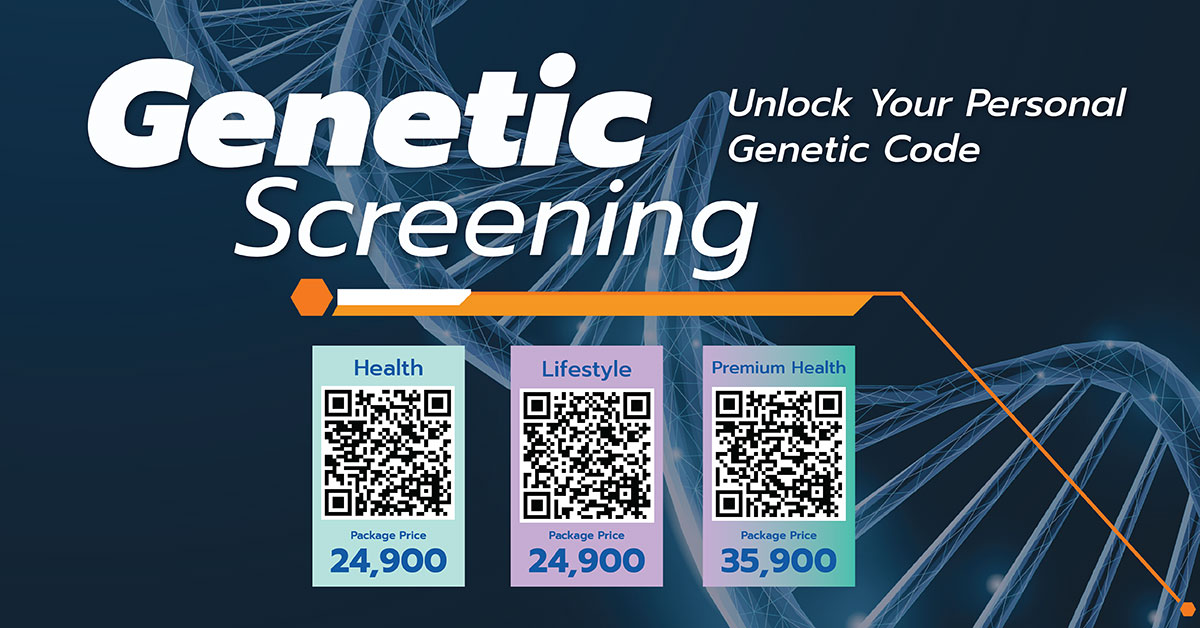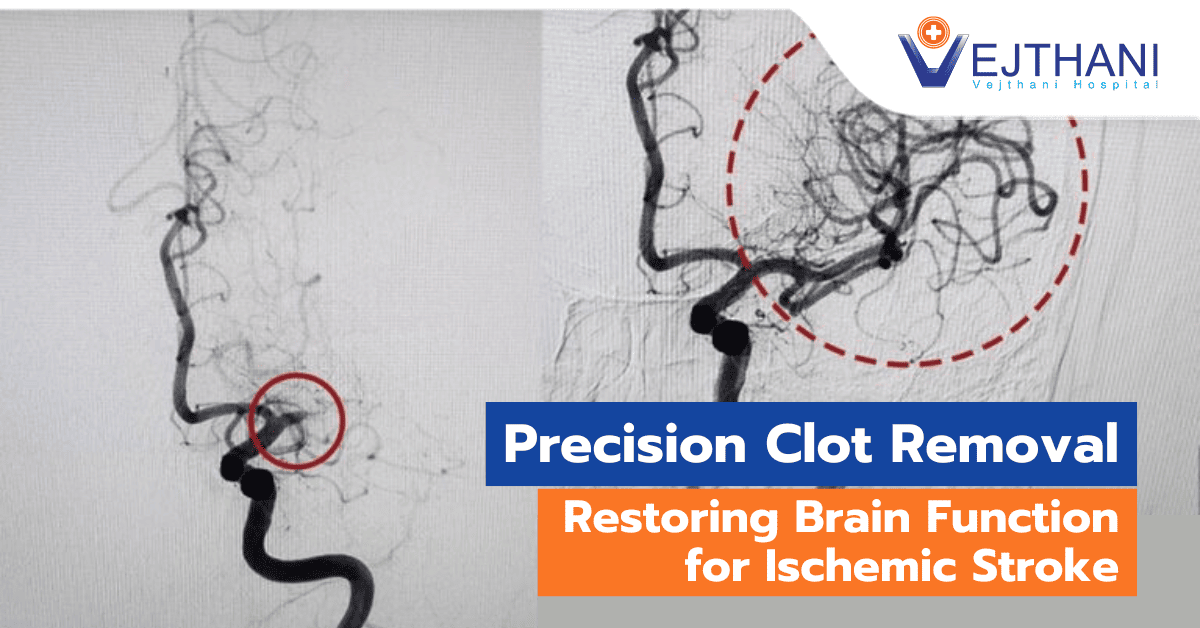
Sarcoidosis
Diagnosis
Diagnosing sarcoidosis can pose a challenge as the disease often presents minimal signs and symptoms during its initial phases. Additionally, symptoms may resemble those of other medical conditions.
Your doctor will typically commence with a physical examination and a discussion of your symptoms. They will attentively assess your heart and lung function, examine your lymph nodes for swelling, and inspect any skin lesions.
To pinpoint the presence of sarcoidosis and discern which body systems may be affected, diagnostic tests are essential. Your doctor may suggest the following tests to rule out other disorders and evaluate potential sarcoidosis involvement in various organ systems:
- Eye exam to check for vision issues that may be brought on by sarcoidosis.
- Blood and urine tests to evaluate your general health as well as the health of your kidneys and liver
- Chest X-ray to examine your heart and lungs
- Computerized Tomography (CT) scan of your chest to examine your lungs.
- Pulmonary function tests assess lung volume and oxygen delivery efficiency to the blood.
- An electrocardiogram (ECG or EKG) is utilized to identify heart issues and track the heart’s condition.
- Positron Emission Tomography (PET)/ Magnetic Resonance Imaging (MRI) scan if sarcoidosis appears to be affecting your heart or central nervous system.
- Biopsy involves obtaining a small tissue sample from a suspected area of sarcoidosis involvement to examine for the presence of granulomas typically associated with the condition. Biopsies can be performed on various body parts, such as the skin for skin lesions, or from the lungs and lymph nodes if necessary.
Treatment
While there is no cure for sarcoidosis, in numerous instances, the condition resolves spontaneously. Treatment may not be necessary if you experience no symptoms or only mild ones. The choice of treatment depend on the severity and extent of the condition.
Medications
If your symptoms are severe or if organ function is at risk, you will likely receive medication-based treatment. These medications may encompass:
- Corticosteroids: These potent anti-inflammatory medications are typically the first-line treatment for sarcoidosis. In certain cases, corticosteroids may be administered directly to the affected area, such as through topical creams for skin lesions or eye drops.
- Immunosuppressive medications: Drugs like methotrexate and azathioprine reduce inflammation by suppressing the immune system.
- Hydroxychloroquine: Hydroxychloroquine may prove beneficial for treating skin lesions and elevated blood-calcium levels associated with sarcoidosis.
- Tumor Necrosis Factor-alpha (TNF-alpha) inhibitors: These medications, commonly used to alleviate inflammation in rheumatoid arthritis, can also be effective in managing sarcoidosis that has not responded to other treatments.
Certain symptoms or problems may be treated with additional drugs.
Other treatments
There may be a recommendation for additional therapy based on your symptoms or problems. For instance, you might receive pulmonary rehabilitation to lessen respiratory symptoms, physical therapy to lessen exhaustion and increase muscle strength, or an implanted cardiac pacemaker or defibrillator to treat cardiac arrhythmias.
Constant monitoring
Your symptoms and the course of your treatment may affect how frequently you see your doctor. It’s crucial to visit your doctor on a frequent basis, even if you’re not in need of treatment.
Your doctor will keep an eye on your symptoms, assess the efficacy of your therapies, and look for any potential problems. Depending on your condition, regular testing may be part of your monitoring. For instance, you might undergo routine lab and urine testing, EKGs, chest X-rays, and examinations of the skin, eyes, lungs, and any other affected organ. Lifelong follow-up care is possible.
Surgery
If your liver, heart, or lungs have been seriously affected by sarcoidosis, you may be eligible for an organ transplant.























